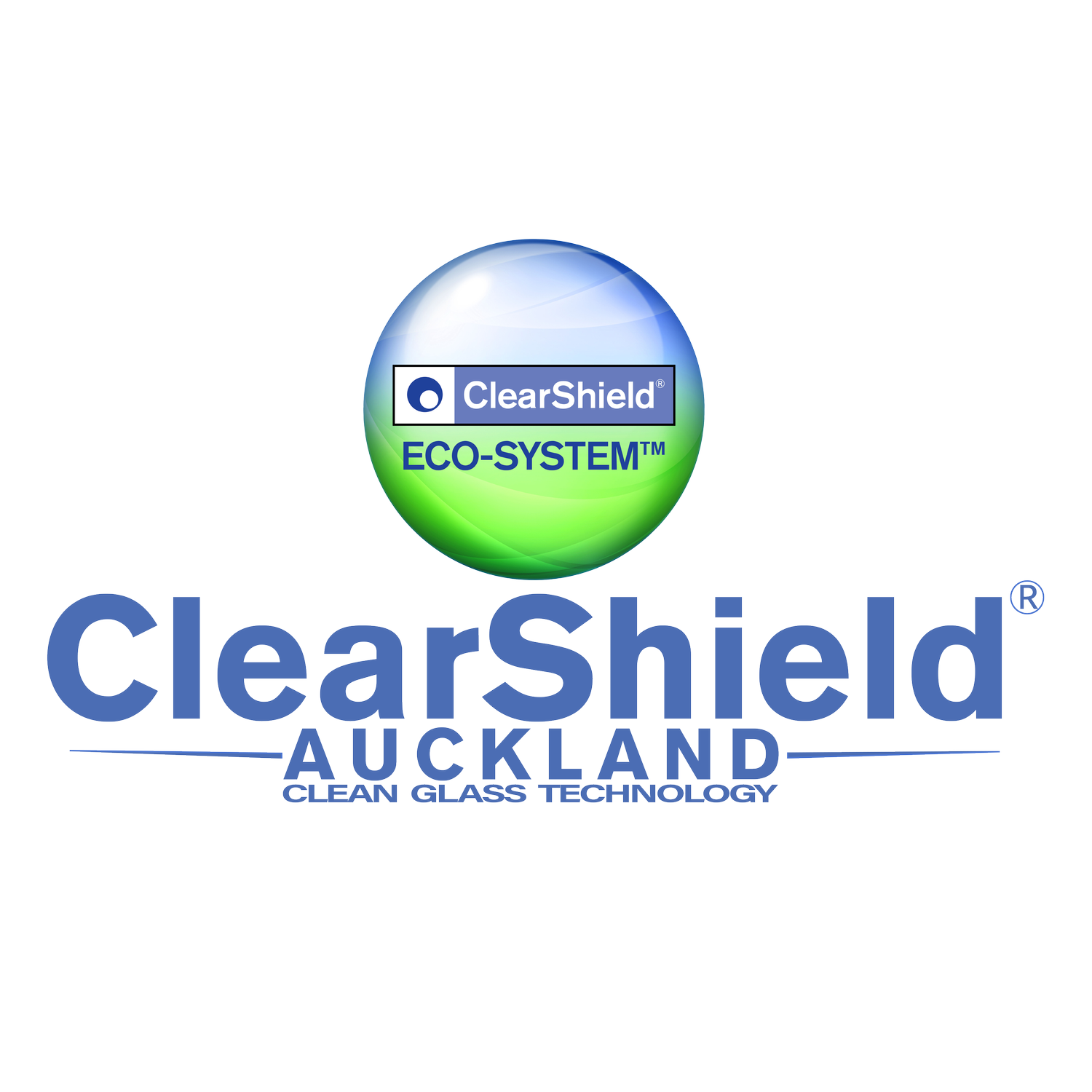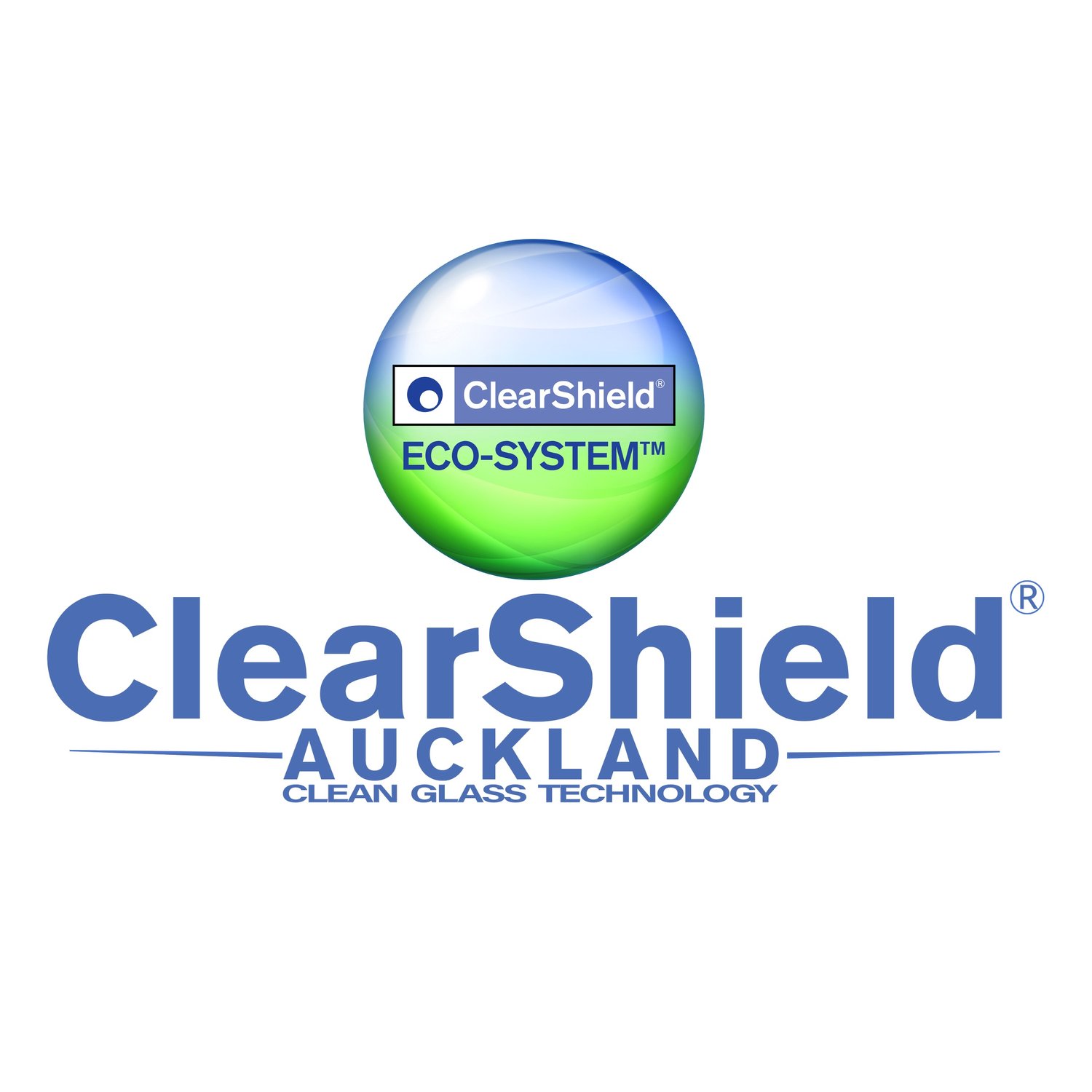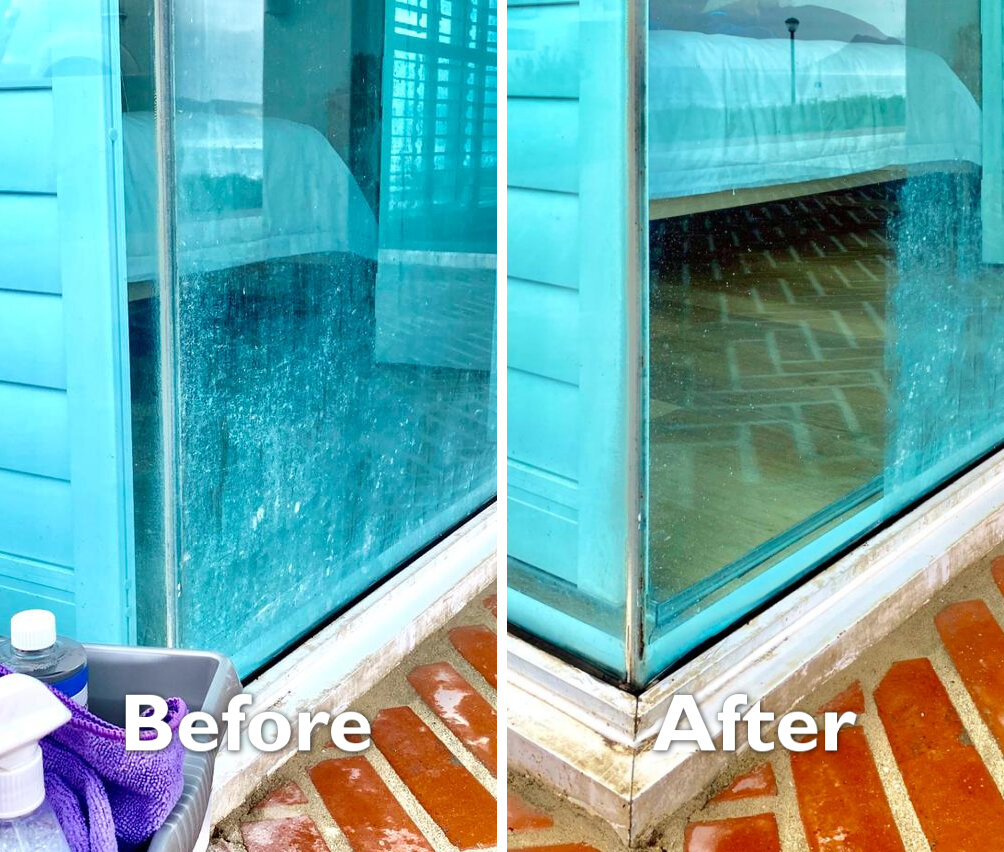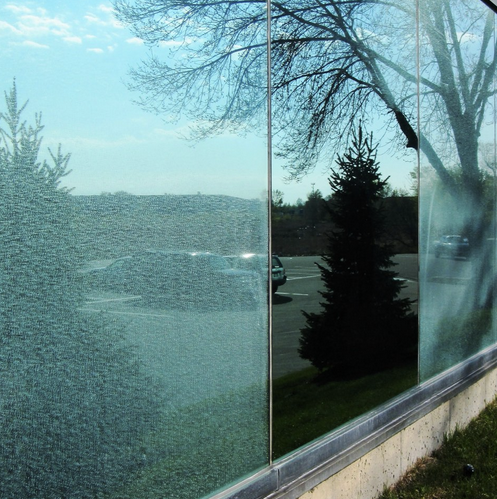Avoid permanent damage to glass, delays and costs on construction sites.
Nothing worse than concrete splatter and other types of construction material on newly developed properties.
Architectural glass products used in windows, doors and skylights for today’s residential and commercial building projects are getting more sophisticated. Performance requirements call for glass to be coated and used in an insulating glass unit in order to be more energy efficient; and often heat-treated and laminated to provide greater strength, safety, and security. As a result of increased performance capabilities, more high performance glass is being used in both residential and commercial construction. The higher valued products and their greater susceptibility to damage have increased the importance of proper site storage, handling, installation and protection throughout the construction process.
During construction, concrete splatter, cement dust and slurry, as well as other types of alkaline construction materials, damage and corrode the surface of glass. This can be a particular problem for large-scale projects, with greater quantities of glass in windows, doors, curtain walling and so on. Water run-off carrying contaminants and air pollution containing chemicals can also adhere to the glass surface, and if allowed to bond to the glass, cleaning is either very expensive or impossible, requiring the costly replacement of the glass itself. Inadequately protected glass results in a dirty and unsightly look, expensive clean down and lengthy delays in construction. It also leads to dissatisfied customers and occupants because of a spoiled glass façade
When it comes to Glass damage prevention is hundreds of times better than replacement.
ClearShield is a unique ‘non-stick’ surface finish that provides effective protection to the glass before, during and after construction thanks to its stain-resistant properties.
Protects glass during construction • Easy to clean • Reduces costly delays
It can be applied in the factory before installation or onsite after installation. The ideal time is in the factory as it will help to prevent contaminants from damaging the surface of the glass during handling, storage, transportation and the construction of the building itself.
Damage to raw glass surfaces during building construction can be costly, but this can be avoided by converting ordinary glass into ClearShield ‘non-stick’ Glass with ClearShield Glass Technology.




